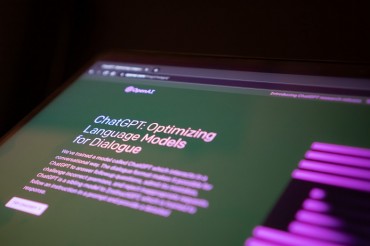SEOUL, Aug. 17 (Korea Bizwire) — South Korea’s state pension fund is on course to be depleted in 2057 under the existing system, studies showed Friday, with the pension operator suggesting two major options to keep it running.
According to the latest studies conducted by the National Pension Service (NPS), also the country’s top institutional investor, the fund is expected to post a shortfall starting in 2042 due to the low birth rate coupled with sluggish economic growth. This will eventually lead to the scheme running out of funds a couple of years earlier than previously anticipated.
The NPS said South Korea should either immediately revise up the premium rate to 11 percent from the current 9 percent, or gradually increase the ratio to 13.5 percent over the next 10 years.
The operator said the fund is expected to hit its peak at 1,778 trillion won (US$1.5 trillion) in 2041, lower than the estimate of 2,561 trillion won suggested back in 2013.
The fund is expected to be equal to 48.2 percent of the gross domestic production in 2034, with the ratio anticipated to fall afterwards.
The number of people subscribing to the pension system will hit the peak of 21.8 million next year, and gradually decrease due to the falling number of working people. In 2088, the number is expected to stand at just 10.1 million.
The latest calculation is based on the expectation that the country’s average life expectancy will reach 90.8 for men and 93.4 for women in 2088.
The annual return on investment made by the fund will reach 4.9 percent in 2020, and gradually fall to 4.3 percent in 2088, the NPS expected.
The national pension operator said it currently has two major plans on changing the system.
The first option is to maintain the pension’s income replacement rate at 45 percent, but immediately raise the premium to 11 percent in 2019.
The premium will be again increased to 12.3 percent in 2034, when the fund faces challenges in maintaining enough capital to provide pension to all subscribers for one year. The NPS said it will continue to adjust the premium every five years after 2034 to maintain sufficient cash holdings.
The second option is to lower the replacement rate by 0.5 percentage point annually, to eventually to reach 40 percent in 2028, and gradually increase the premium over the next decade to 13.5 percent.
The age of eligibility to receive the pension, currently set at 65 for 2033, will be adjusted to 67 by 2043.
The NPS said it can reduce the amount of monthly pension payments depending on the age of beneficiaries.
South Korea’s welfare ministry said it plans to gather public opinion as it moves to submit the revised plan to the National Assembly in October.
Under the first option, South Koreans who earn 3 million won monthly would need to pay 330,000 won toward the pension every month in 2019, up from 270,000 won set for this year, as the premium would be increased by 2 percentage points. If a person is employed, their employer covers half of the monthly payment.
If the country chooses the second option, those who make 3 million won monthly in 2029 will need to pay 405,000 won toward their pension.
Pension for All, a local activist group, claimed the government should play a responsible role and guarantee the post-retirement lives of all South Koreans. It called on policymakers to revise up the income replacement rate.
“The income replacement rate, which could be gradually lowered to 40 percent in 2028, should actually be increased,” the group said, claiming that the pension should allow people to enjoy dignified post-retirement lives.
“While some claim that increasing the replacement rate will accelerate the financial instability of the fund, the change will rather make the system more credible, which will enable society as a whole to reach consensus on ensuring (the fund’s) financial sustainability,” it said.
(Yonhap)







